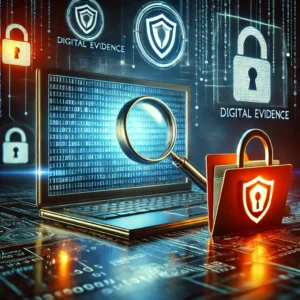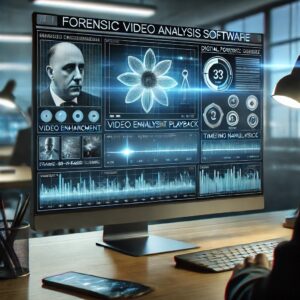In today’s society, human rights violations are unfortunately all too common. From police brutality to war crimes, there are countless instances where vulnerable populations are taken advantage of and subjected to unspeakable acts of violence. In order to combat these injustices, it is essential that we turn to technology for solutions. One powerful tool that is making waves in the fight for human rights is video documentation.
Human Rights Video Documentation
Human rights video documentation involves the use of video technology to capture evidence of human rights violations. This can include everything from documenting police misconduct during protests to recording testimonies of survivors of war crimes. By capturing these events on video, advocates are able to provide concrete evidence of the abuses taking place and hold perpetrators accountable.
One company at the forefront of this movement is Cognitech. They specialize in crime scene video analysis and have developed cutting-edge technology that allows for the enhancement and analysis of video evidence. This technology is crucial for verifying the authenticity of video documentation and ensuring its admissibility in court.
The Power of Video Evidence
Video documentation has the power to provide an unfiltered view of human rights violations. Unlike written reports or eyewitness testimonies, video evidence leaves little room for doubt or interpretation. The raw footage captures the truth of what is happening on the ground and allows for a more comprehensive understanding of the situation.
In addition, video documentation can be a powerful advocacy tool. By sharing these videos with the public, advocates can raise awareness of human rights abuses and generate support for their cause. The visual nature of video evidence has a way of resonating with people on a deep emotional level, prompting them to take action and demand justice.
Ensuring Accountability
One of the key benefits of video documentation is its ability to hold perpetrators accountable. When human rights violations are captured on video, it becomes much more difficult for those responsible to deny their actions. This evidence can be used in court proceedings to ensure that justice is served and that victims receive the reparations they deserve.
By shining a light on human rights abuses, video documentation can also serve as a deterrent to future violations. When perpetrators know that their actions are being recorded, they are less likely to commit abuses, knowing that they will be held accountable for their actions.
Conclusion
In conclusion, video documentation is a powerful tool in the fight for human rights. By capturing evidence of abuses on video, advocates can provide concrete proof of violations and hold perpetrators accountable. Companies like Cognitech are leading the way in developing technology that enhances the analysis of video evidence, ensuring its reliability and authenticity. Through the power of video documentation, we can work towards a more just and accountable world where human rights are respected and protected.




